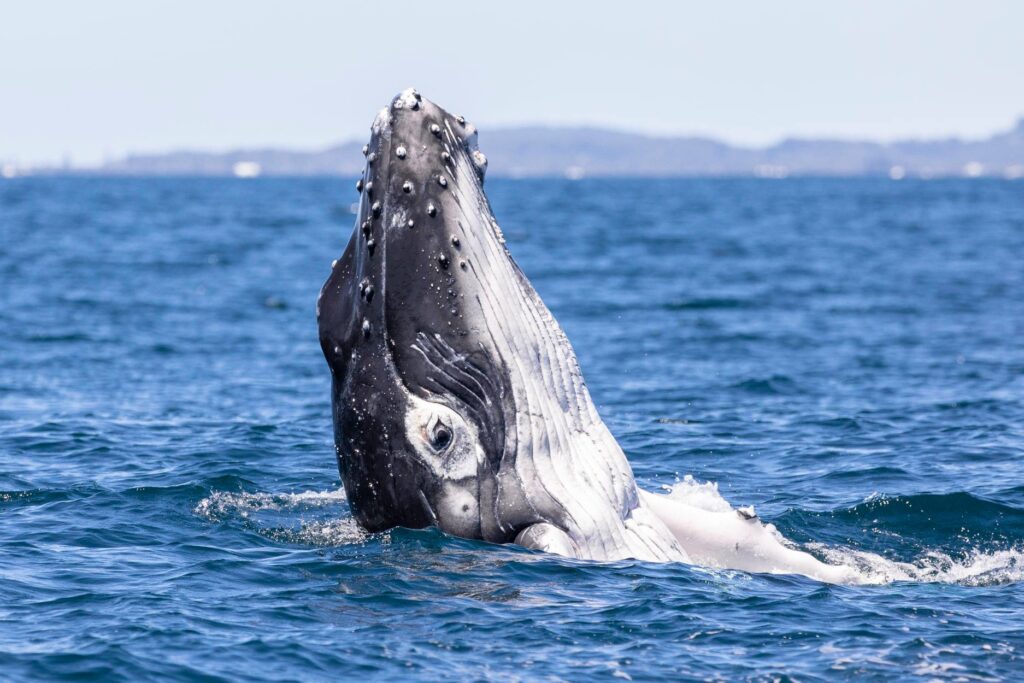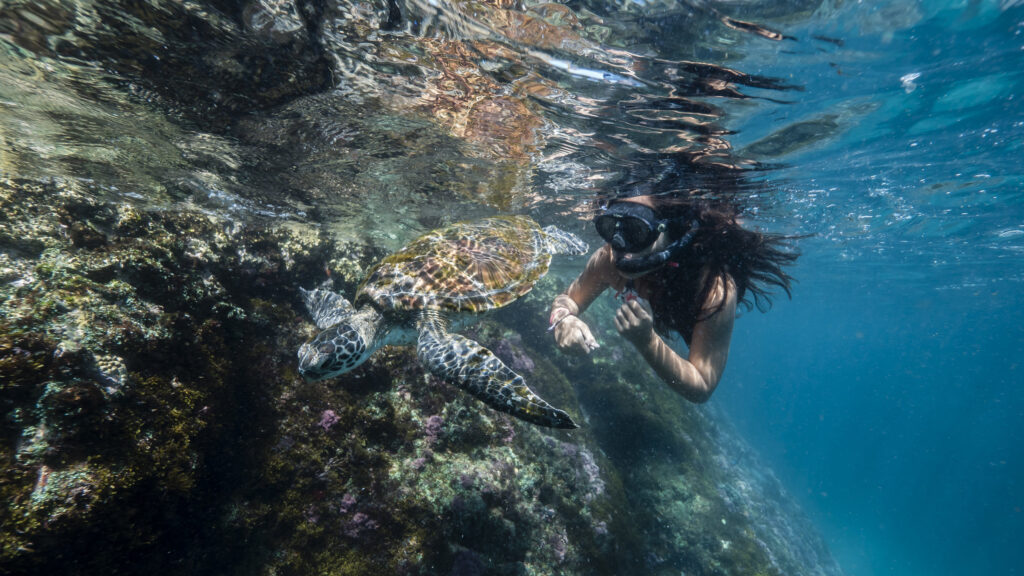Snorkelling Byron bay
Julian Rocks Marine Sanctuary is rated as one of the best dive sites in Australia. “Nguthungulli,” the local Arakwal name for this incredible place, offers protected, safe, and shallow waters perfect for snorkelling and freediving, with prolific fish life and multiple areas to explore.
Located off the most easterly point of Australia, Julian Rocks is a convergence point for warm tropical and cooler temperate waters, making it a marine wildlife hotspot. Turtles, manta rays, leopard sharks, grey nurse sharks, dolphins, and whales are all common visitors.
Enjoy the sights of the Byron coastline aboard our comfortable, purpose-built vessel Apollo 2. We often encounter local dolphins and other marine life on the way to Julian Rocks.
BOOK YOUR SNORKELLING TOUR NOW
Duration : 2.5 hours
Private charter (up to 12 passengers) : $1350
Minimum age is 5 years old
What's included
Marine Naturalist Guide
Photos/Videos shared on social media
Reef safe sunscreen
Mask and snorkel
Fins
Wetsuit
YOUR BYRON BAY SNORKELLING ADVENTURE
Located just 2.5 km off Main Beach in Byron Bay, Julian Rocks “Nguthungulli” Nature Reserve is home to over 1,000 marine species—including sea turtles, dolphins, manta rays, leopard sharks, grey nurse sharks, and more than 500 tropical and temperate fish species.
Our marine naturalist guide will be in the water with you, sharing fascinating facts about the marine life you encounter and pointing out key species to ensure you don’t miss a thing.
We focus on providing a unique, personal experience with small group sizes—each tour is limited to a maximum of 12 snorkellers for a truly personalised adventure.
Professional underwater photographers will capture your snorkelling memories, with photos and videos shared daily on our social media.
Come aboard and experience a once-in-a-lifetime snorkel tour with Wild Byron—Byron Bay’s best adventure tour company.



Wild Byron participate actively in different research programs towards the identification and understanding of our local marine life. By joining us onboard, you help us support these important projects.
What to bring
Swimmers and towel
Drinking water
Underwater camera
About julian Rocks
Julian Rocks Nature Reserve is classed as a Sanctuary Zone, providing the highest level of protection to habitat, animals, plants and areas of cultural significance by prohibiting all forms of fishing and collecting activities, and anchoring on reefs.
Locally known as ‘Nguthungulli’, meaning ‘Father of the World’, it is also a significant and sacred Aboriginal site.
Julian Rocks have been recently listed as one of the 21 best dive sites in the world by National Geographic and is among the top 3 snorkelling spots in Australia.
About us
Our mission is to create unforgettable experiences that leave you with lasting memories of connection, wonder, and adventure.
We pride ourselves on delivering first-class customer service aboard our modern, eco-friendly vessel. Every tour is designed with care—not only to showcase the breathtaking beauty of our marine and coastal environments but also to inspire a deeper appreciation for the natural world.
Through engaging, educational experiences, we aim to raise awareness about the importance of protecting our precious wildlife and preserving the ecosystems that support them. Whether you’re joining us for a snorkel, dive, or coastal cruise, we want your time with us to be as meaningful as it is memorable.
Julian Rocks “Nguthungulli” Marine Life
Join us to discover this unique underwater ecosystem and let our marine naturalist introduce you to some of the most incredible marine species during your Byron Bay snorkelling tour!
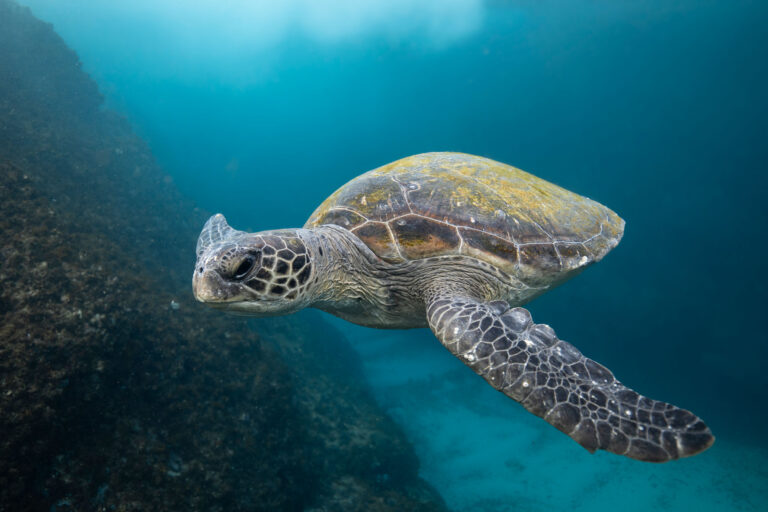
Sea Turtles
Julian Rocks is home to large numbers of Green, Loggerhead and Hawksbill turtles. You can swim alongside our friendly sea turtles all year round and get up close as they come to the surface to breathe!
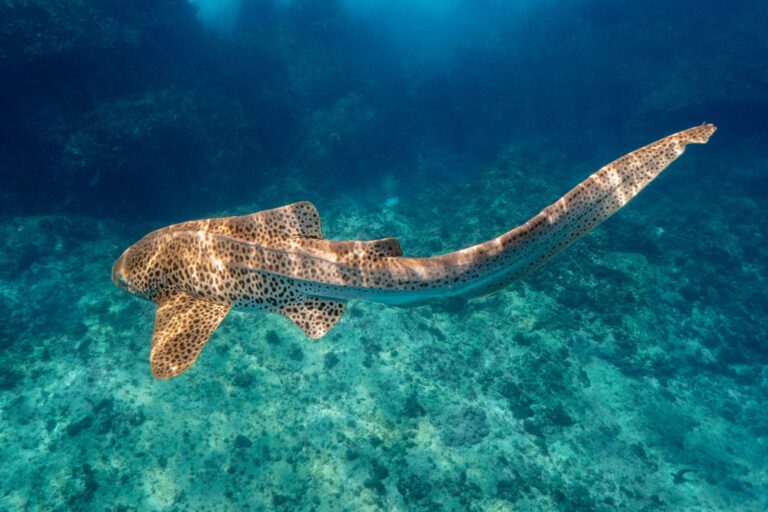
Leopard Sharks
With one of the world’s largest aggregations of leopard sharks, you may find yourself swimming with dozens upon dozens of these harmless, docile creatures.
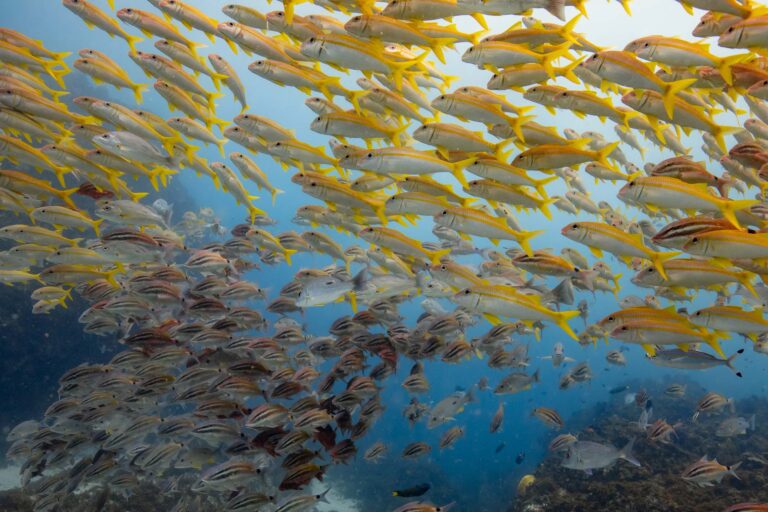
Fish
With over 500 tropical and temperate fish species, you’ll be fascinated by their incredible variety of colours, shape and size.
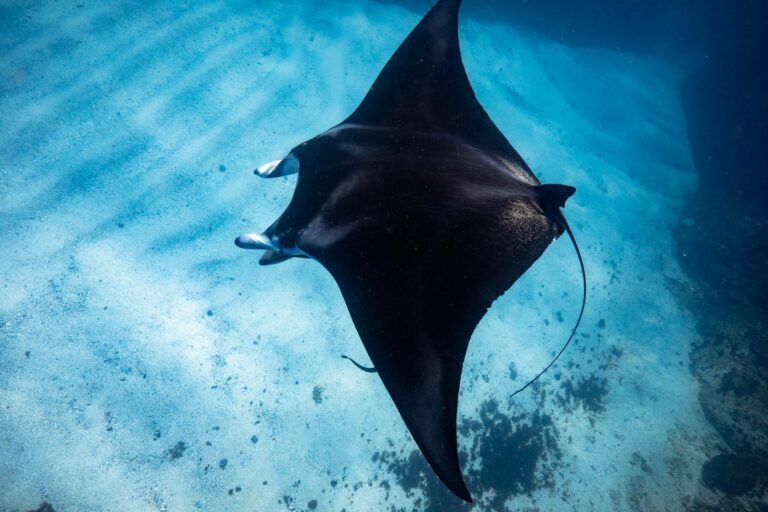
Manta Rays
Common visitors during summer, they are amongst the largest fish in the ocean with a wing span of up to 7 metres. Swimming with a manta ray is a special and unforgettable experience.
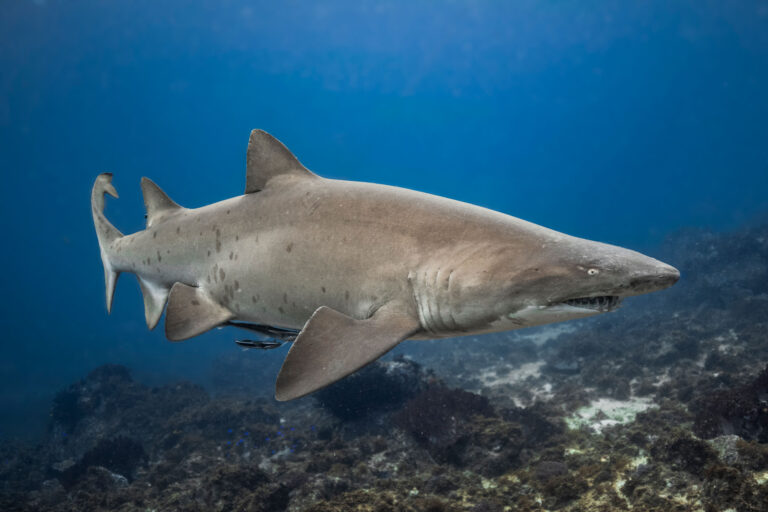
Grey Nurse Sharks
Julian Rocks is an essential habitat for the 'Critically Endangered' Grey Nurse Sharks. Despite their ferocious look, they are placid and inoffensive and it’s totally safe to dive with them.
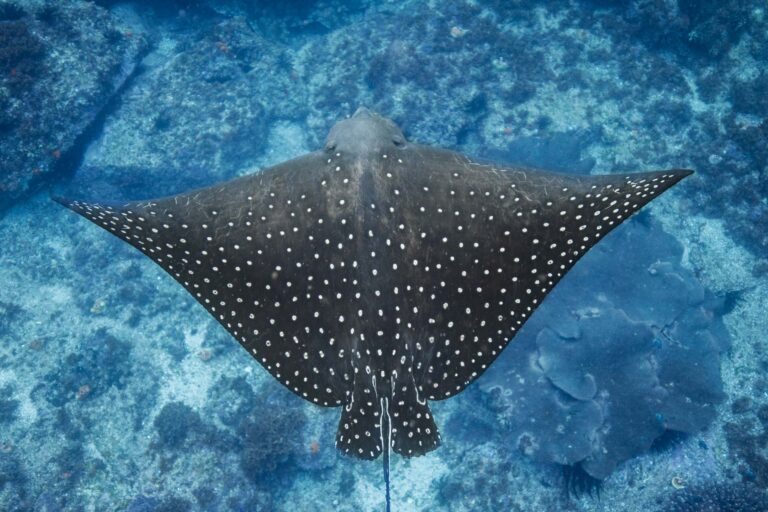
Eagle Rays
These active swimmers can reach a width of 3 metres and can be seen gracefully swimming alone or in large fevers, which are fantastic to witness.

